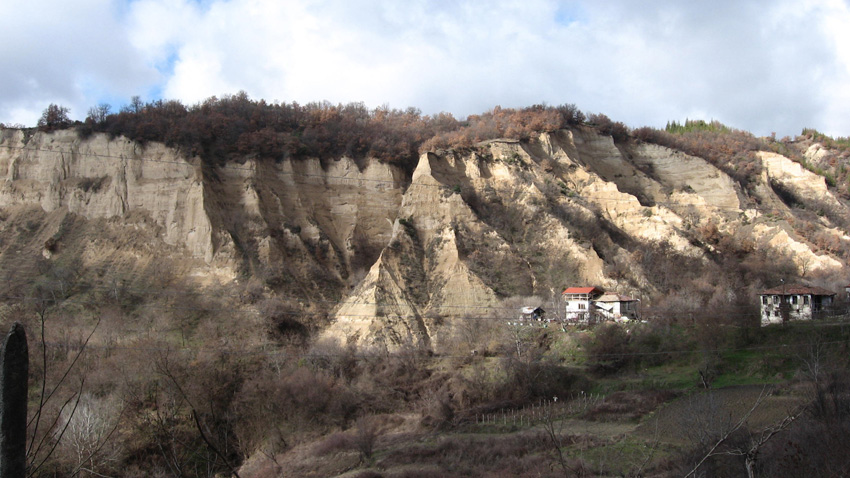
The southern segment of Mount Pirin is known for its bizarre shapes and relief, especially in the region of the pyramids of Melnik, some 180 kms. from Sofia. The pyramids were formed of grey-white sands and clay layers, and in 1960 they were declared a natural monument.
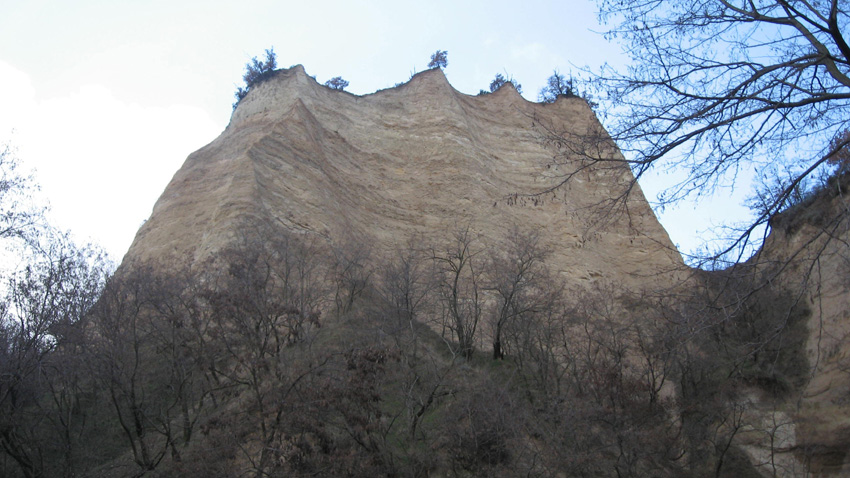
Known as the pyramids of Melnik, the rock formations near the town of the same name are continually changing shape as a result of the combined erosive effect of water, wind, heat and cold. There are some outlandish shapes that can be seen here – cones that are 7-8 metres high, castles, cups and different “figures” that people with a vivid imagination liken to all kinds of different things. There are classical pyramids, formed by pillar-shaped fragments of rock that are broader at the base. The “sculpting” of these shapes is due to the layers of clay on the surface. As the rain wets it and the sun bakes it, a kind of natural coating is formed that is 1-2 cms. thick and serves as a protective cover. Some of the pyramids are up 100 m. high with all kinds of plants growing from the top, plants that are greatly influenced by the Mediterranean climate.
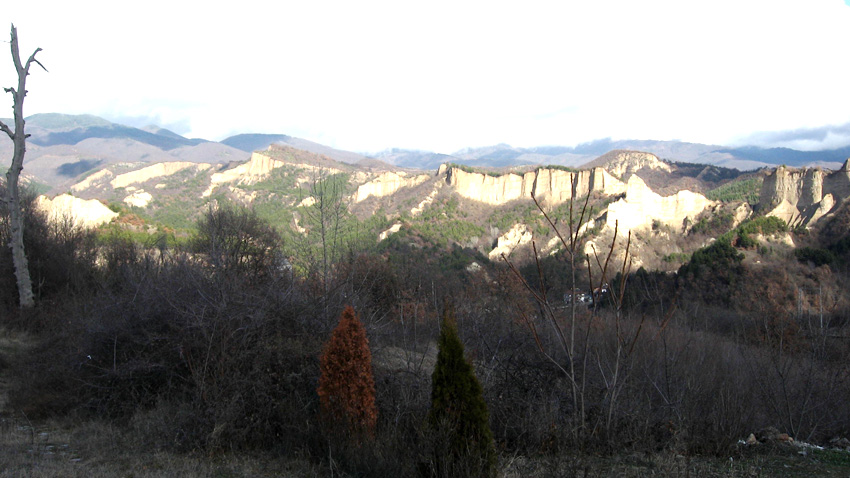
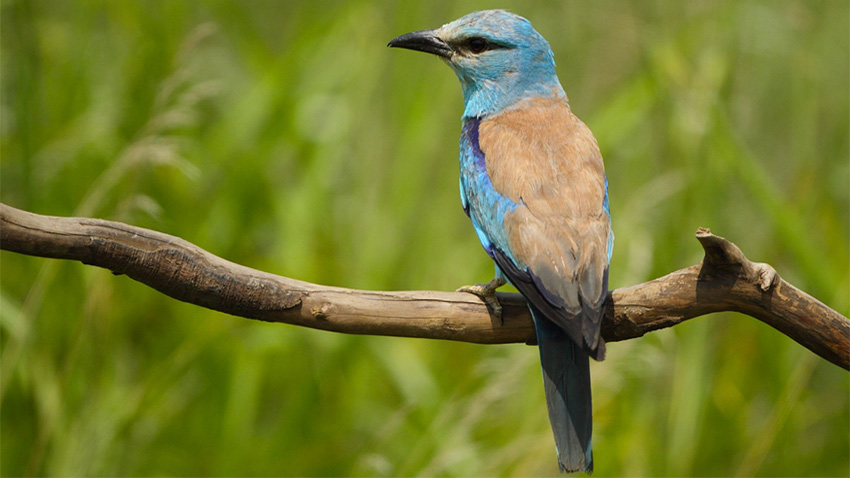
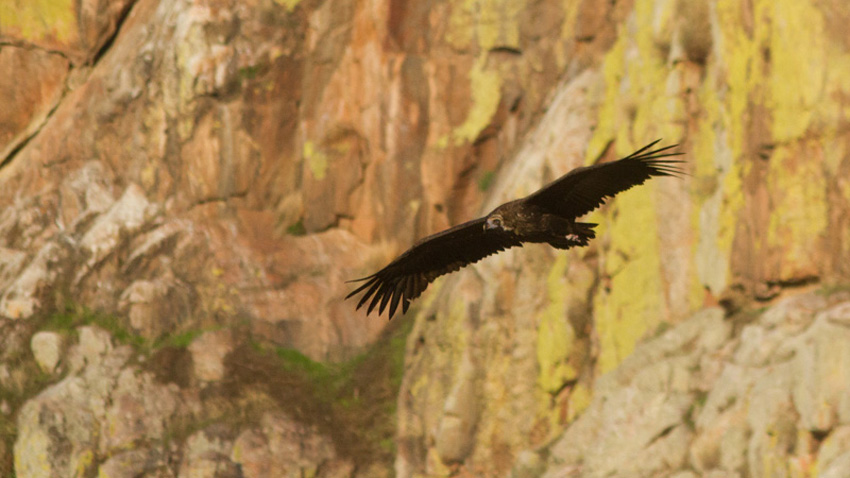 There are numerous birds of prey here, many of which nest in the forests of the southern portion of Mount Pirin using the meadows and the pastures as hunting grounds. That is why it is so important to protect the land from chemicals or other kinds of aggressive practices that would destroy the food supply of the songbirds for good. For example, stockbreeding and vine growing are a natural way to sustain habitats, while animal grazing keeps meadows from being overgrown with weeds. More and more people have been turning to natural and pure products though they may be more expensive. That is why local people from the region of the Melnik pyramids want to keep their livelihoods unchanged, as practiced by their ancestors. They are the people the Natura 2000 network offers additional options to, under environmental development and rural development programmes. Unfortunately, few are able to fit into their frameworks and meet the many European requirements, not because they do not meet the criteria, but because of all the red tape. That is why many of the ordinary farmers who have gone down that road once never apply a second time – that is the reason why we absorb no more than 30 percent of the funding.
There are numerous birds of prey here, many of which nest in the forests of the southern portion of Mount Pirin using the meadows and the pastures as hunting grounds. That is why it is so important to protect the land from chemicals or other kinds of aggressive practices that would destroy the food supply of the songbirds for good. For example, stockbreeding and vine growing are a natural way to sustain habitats, while animal grazing keeps meadows from being overgrown with weeds. More and more people have been turning to natural and pure products though they may be more expensive. That is why local people from the region of the Melnik pyramids want to keep their livelihoods unchanged, as practiced by their ancestors. They are the people the Natura 2000 network offers additional options to, under environmental development and rural development programmes. Unfortunately, few are able to fit into their frameworks and meet the many European requirements, not because they do not meet the criteria, but because of all the red tape. That is why many of the ordinary farmers who have gone down that road once never apply a second time – that is the reason why we absorb no more than 30 percent of the funding.
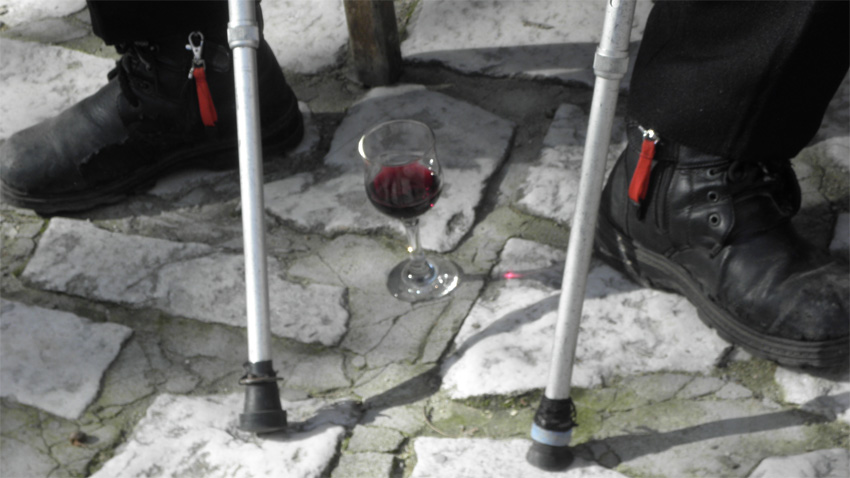
But the hope remains that people living in these parts will not suddenly choose to sell their property to businessmen with lots of money who will then decide to turn these wonders of nature into…golf courses.
English version: Milena Daynova
Photos: Darina Grigorova, BGNES and bg.wikipedia.orgBulgaria's entry into the eurozone is expected to create zones for elitе tourism in our country, similar to other countries in the rich club. Such zones could be developed in the seaside resorts of Sveti Vlas and Sozopol around the yacht..
Bulgaria has a unique tourism potential and we are here to present it in the best way. This was stated by the Minister of Tourism Miroslav Borshosh regarding the country's participation in the largest international tourism exhibition in the world,..
Bulgaria will participate in the 2025 Osaka World Expo with a national pavilion, where Bulgarian students will work, as proposed by the Ministry of Tourism. Bulgaria will have its own pavilion of the highest class – type "A", said the..

+359 2 9336 661
